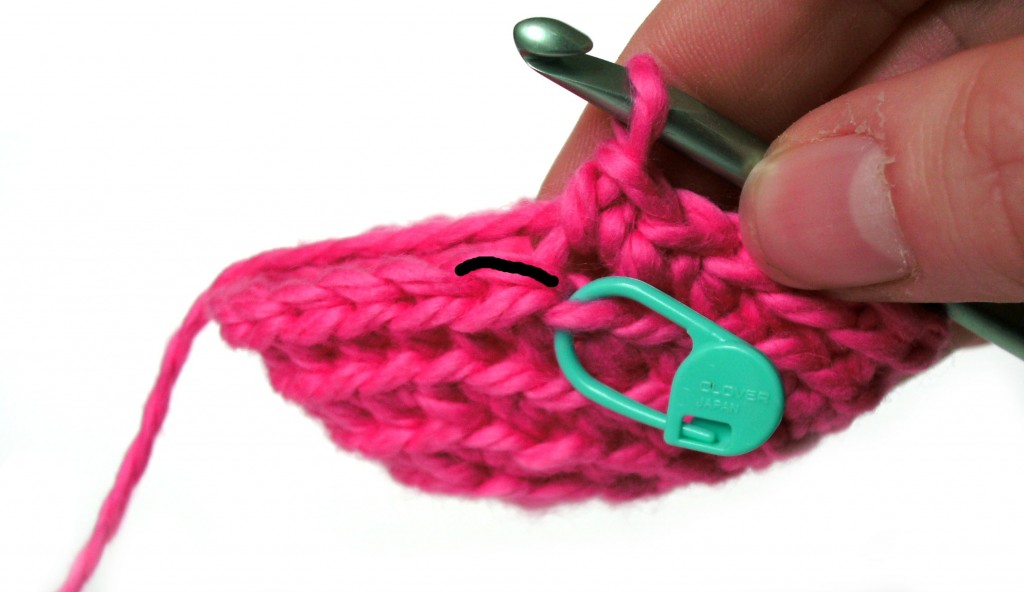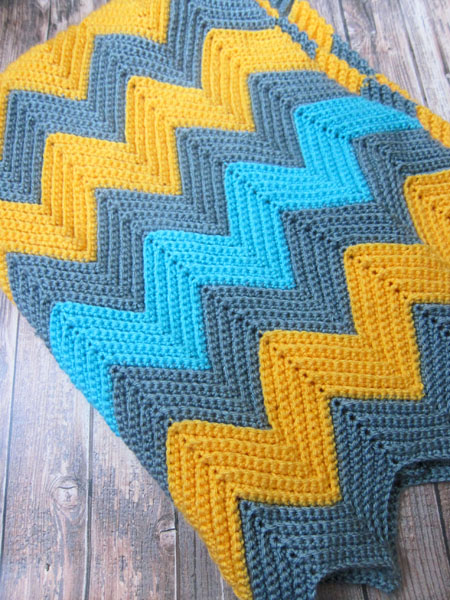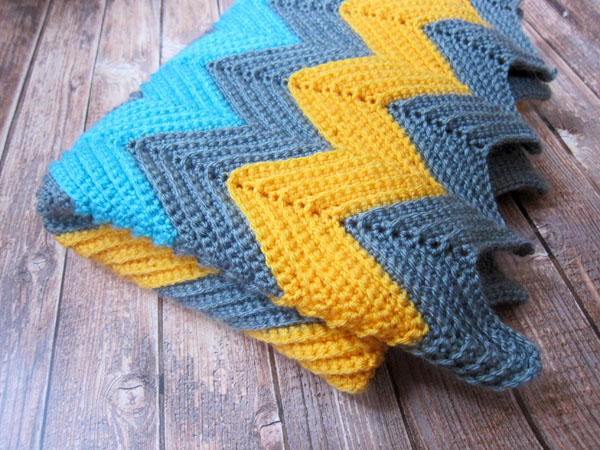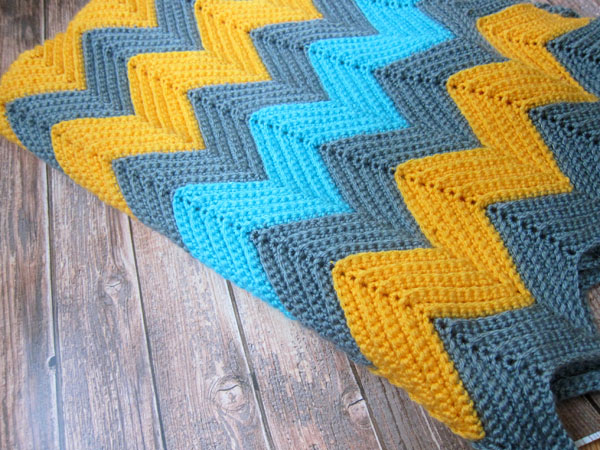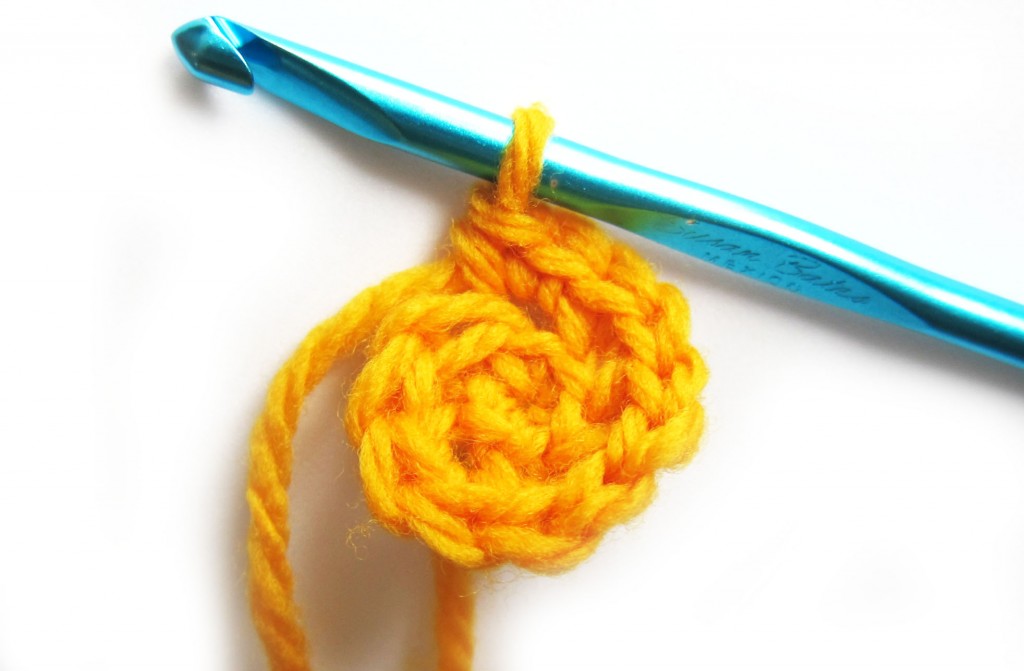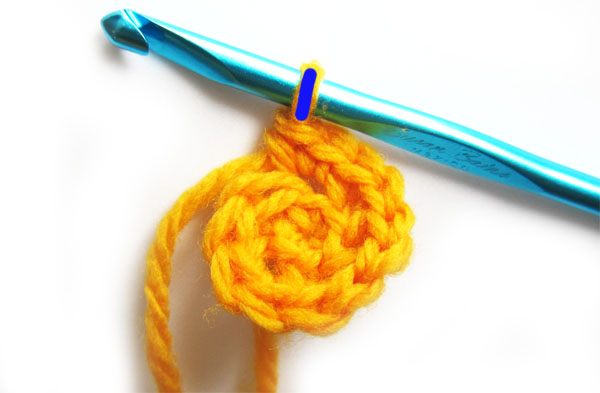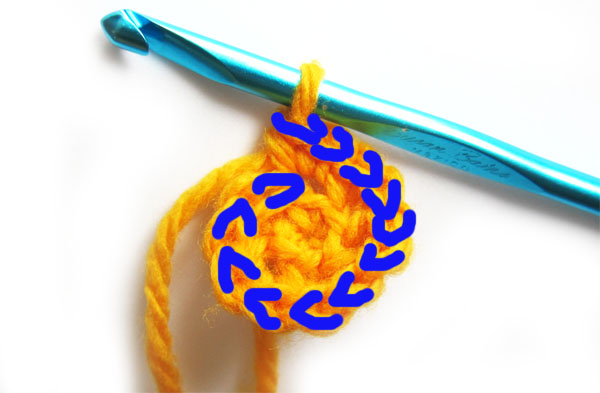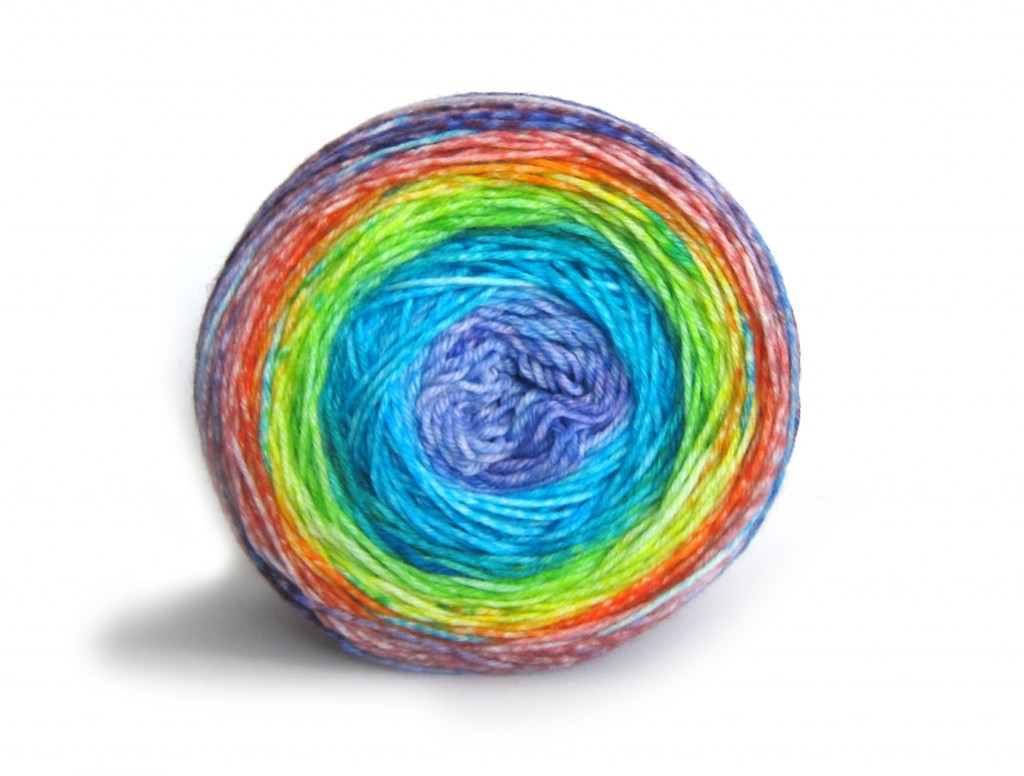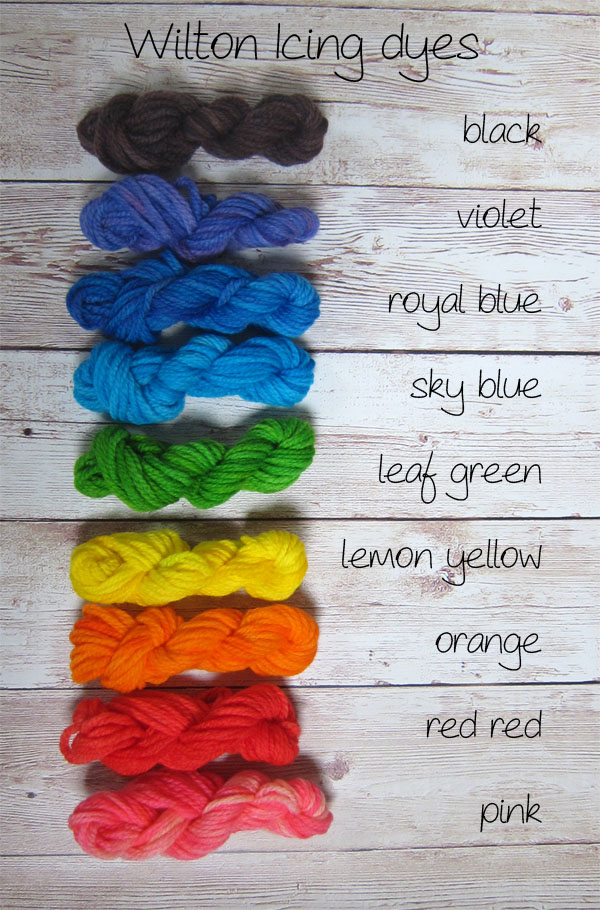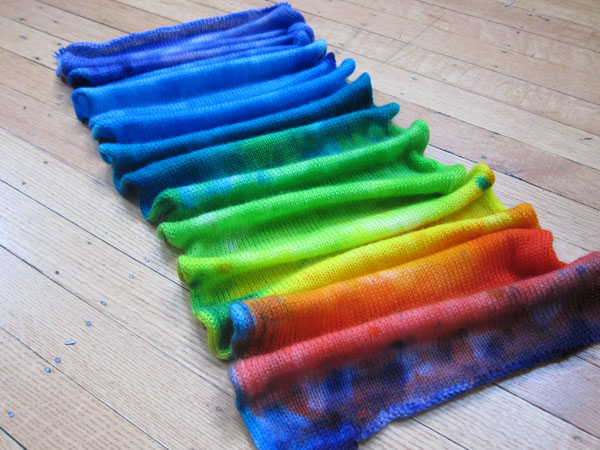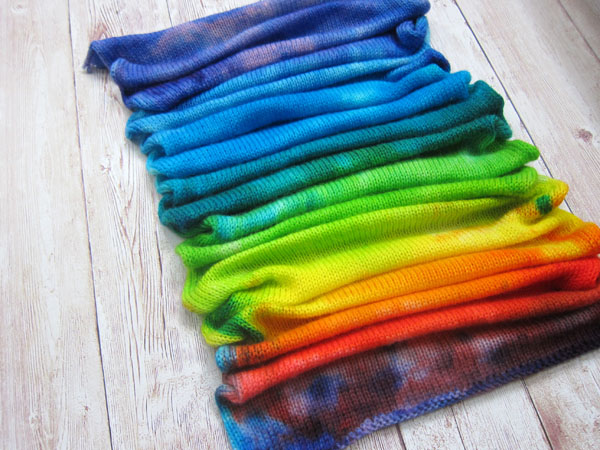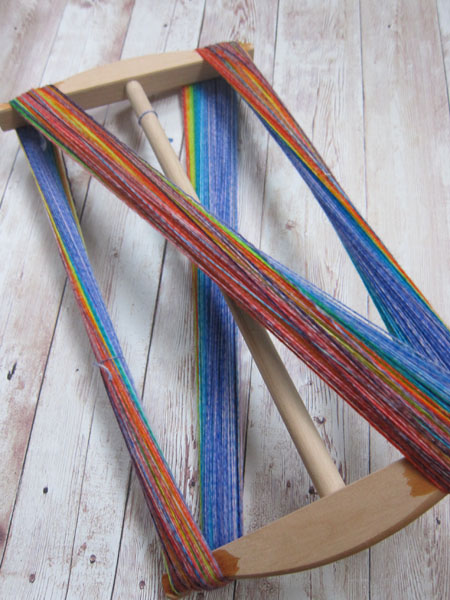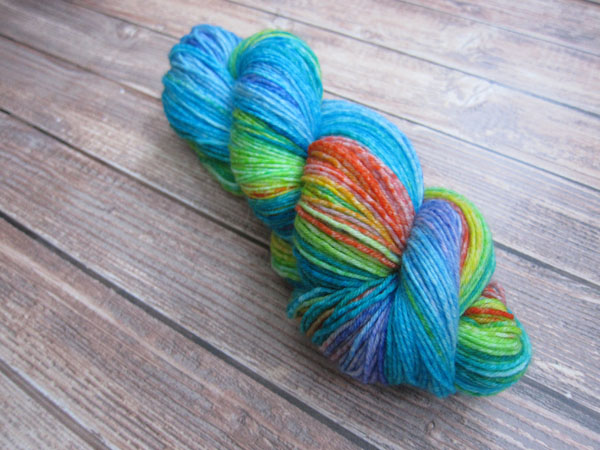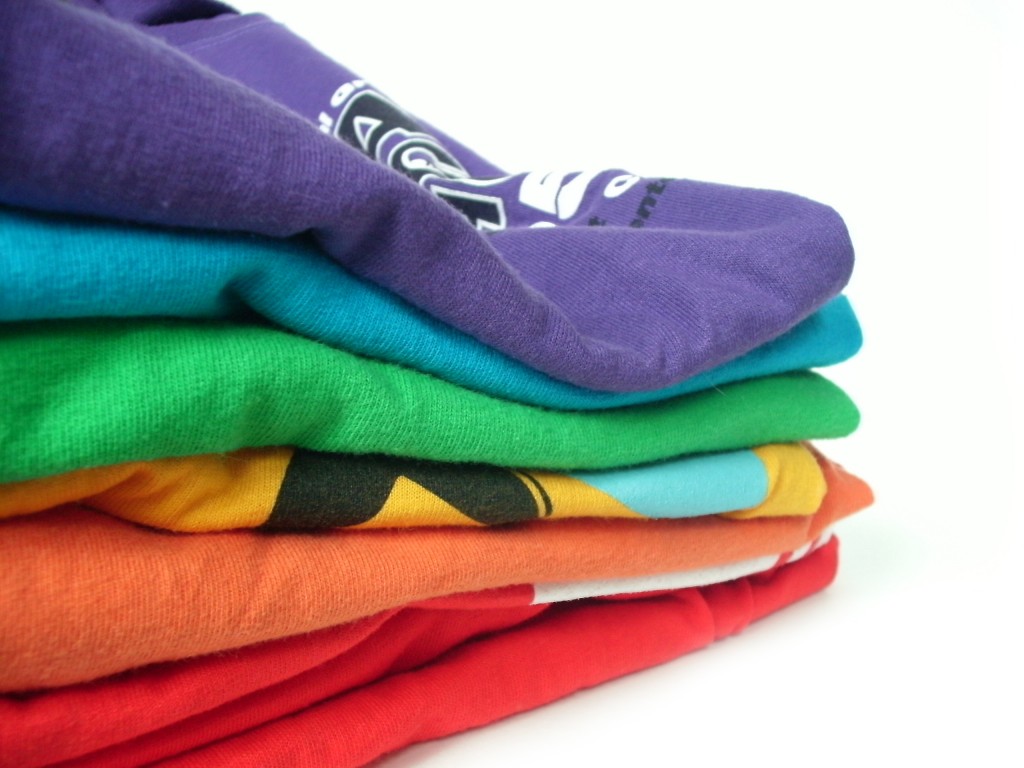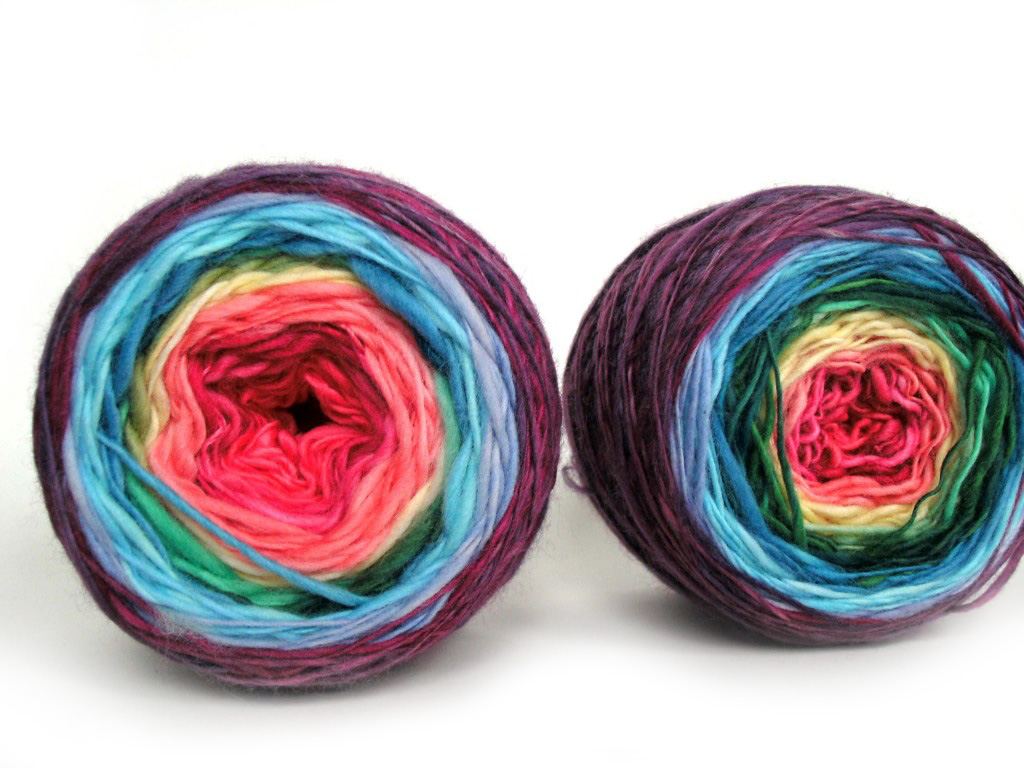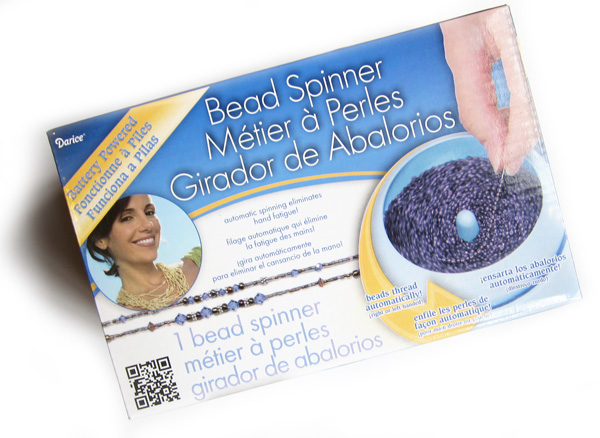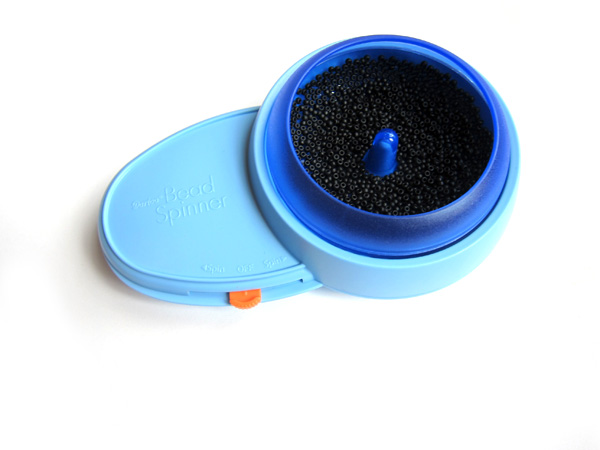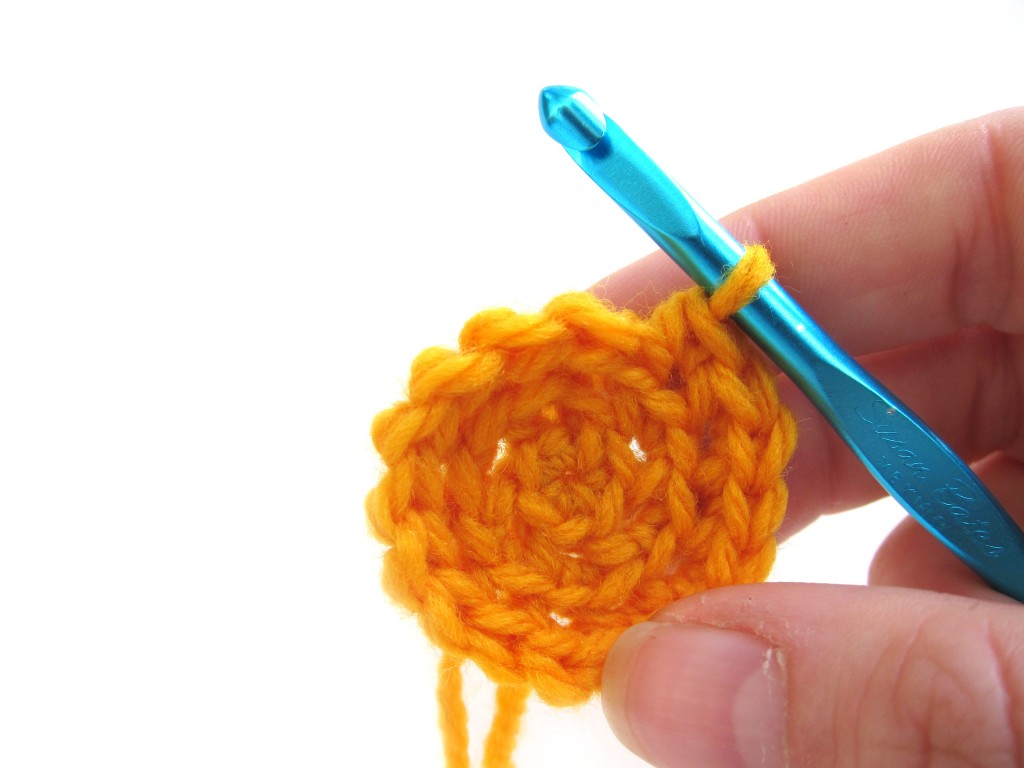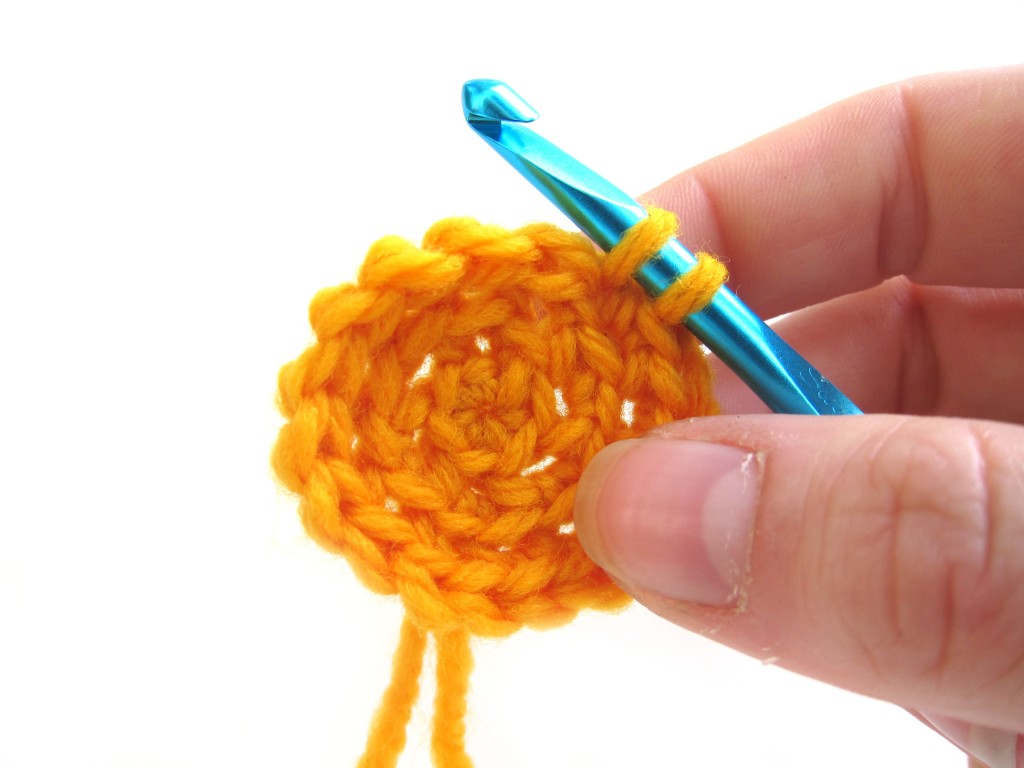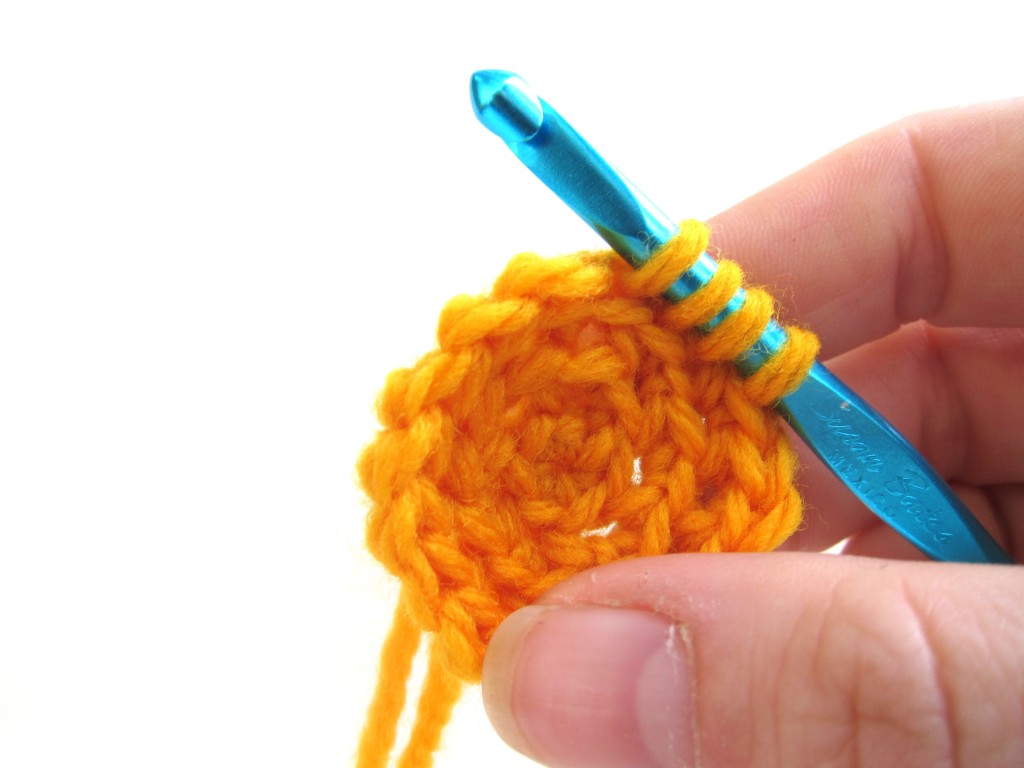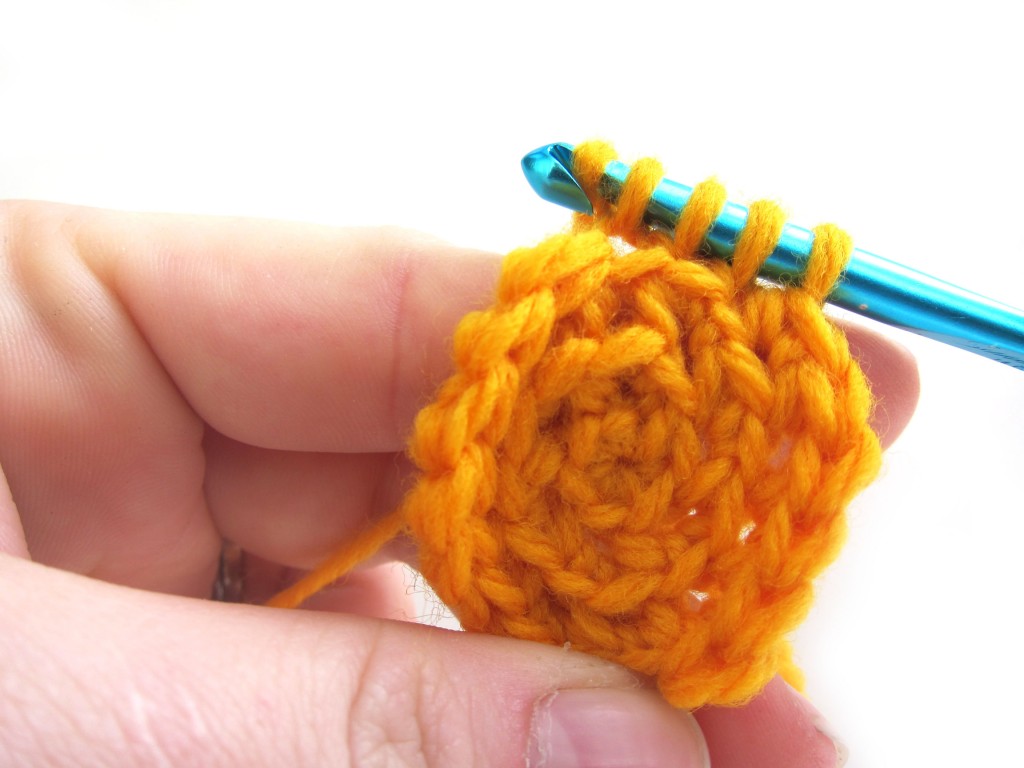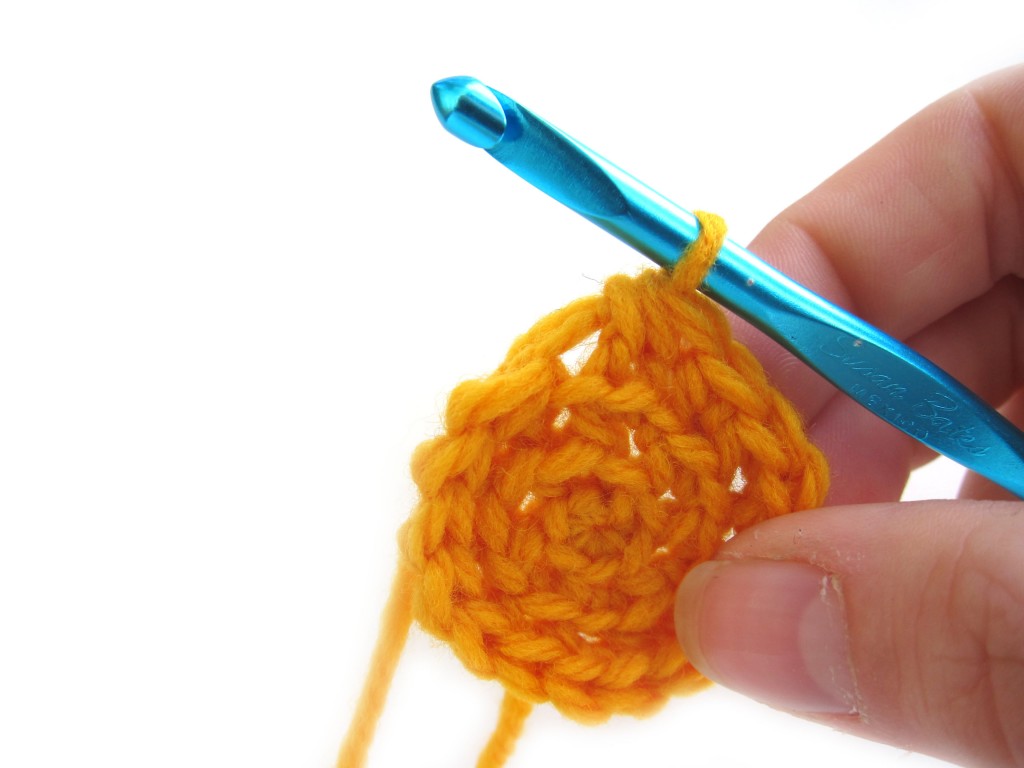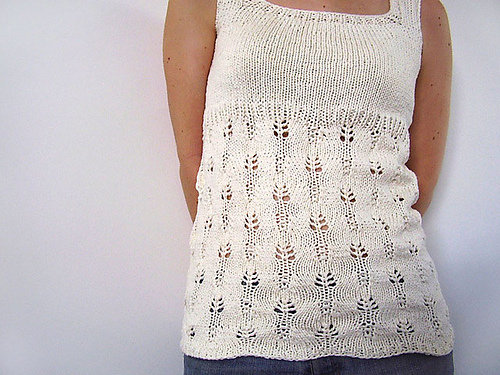Remember when I told you how to dye a gradient yarn with a sock blank? Well, today I’m going to go a step further and show you how to get an even more gentle gradient using a *spray bottle.
When I made this skein of yarn, I was feeling Easter-y, so I picked yellow, blue and pink:
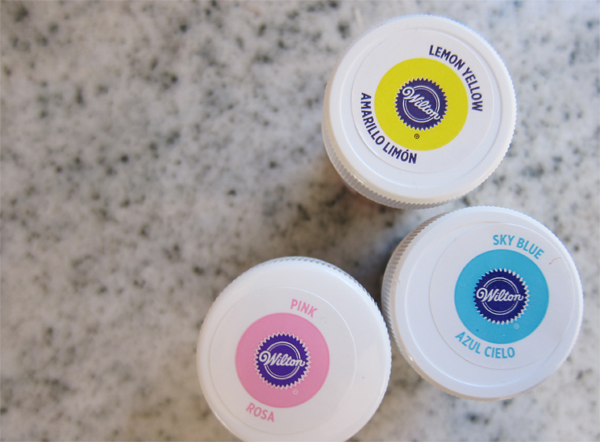
Click this post to see what the Wilton Icing Colors look like on yarn.
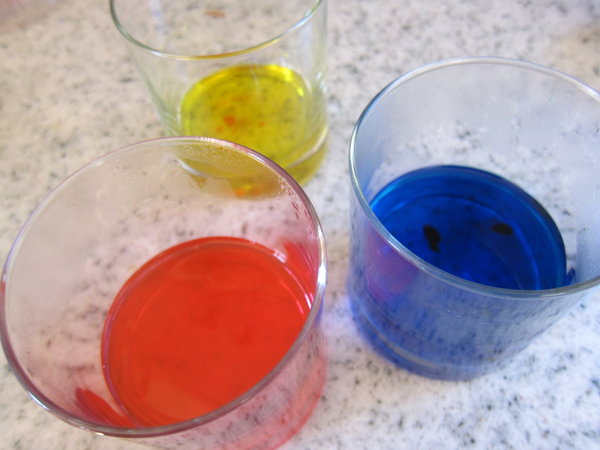
Okay, now here’s the technique: I rolled out my sock blank and dunked each end and the center in one color, leaving a lot of white space in between. See?
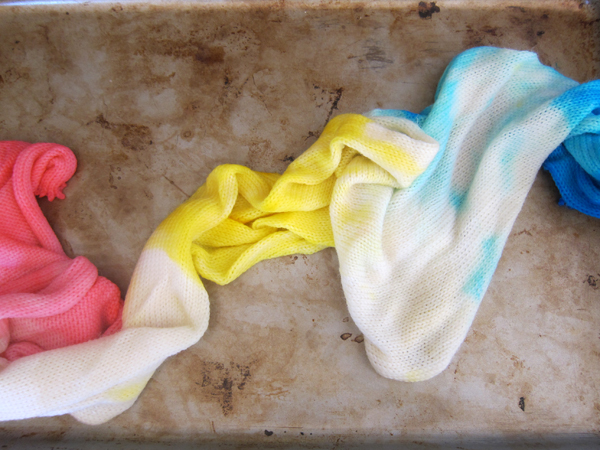
Ignore my ugly cooking sheet in the background. Actually, don’t ignore it (it’s crucial for keeping your counters clean in this project!)… just pretend it’s prettier!
Now, load up your spray bottle with the dye.
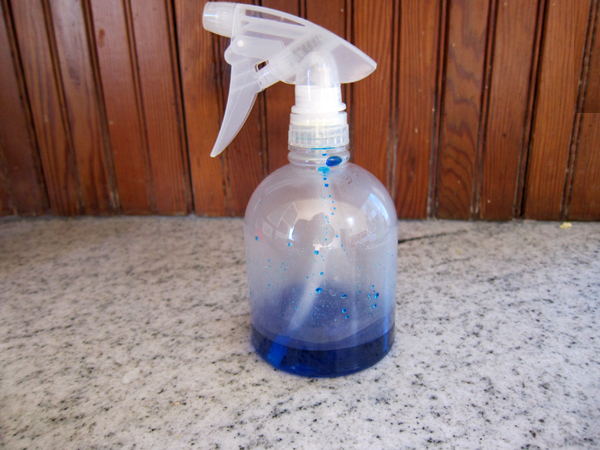
You want to use the spray bottle to direct your dye exactly where you want it. With this blue, I’m going to spray more towards the blue dyed portion of the yarn, and then spritz less to blend it into the yellow.
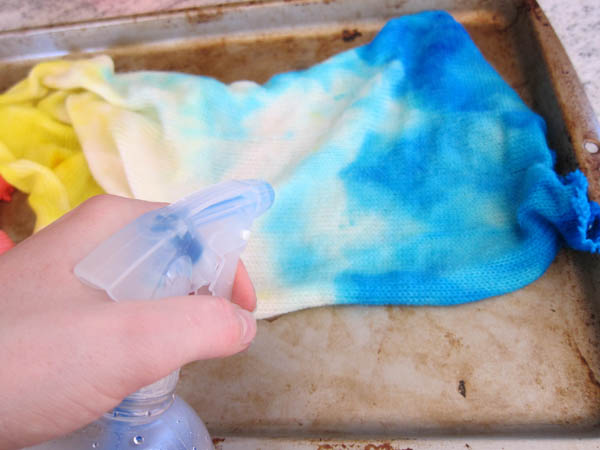
Now wash your bottle really well and repeat with the other two colors. You’ll get a very blended effect!
See how the colors blend? Because the dye is wet when you’re spraying, the blue mixes with the yellow and makes green… it’s an effect that’s hard to get if you’re just dipping the blank in dye.
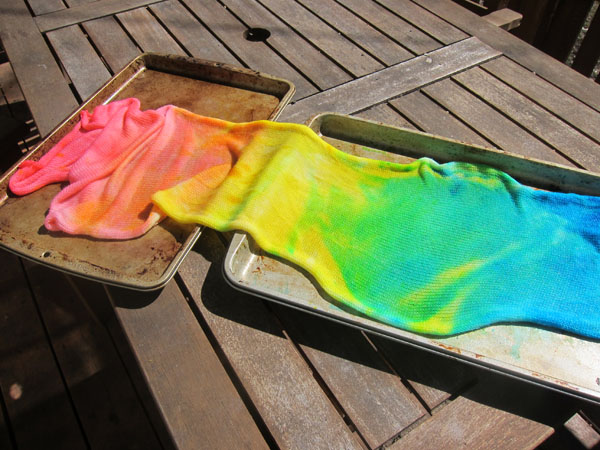
I let it dry, and then wound it on a niddy noddy. Here’s the hank:
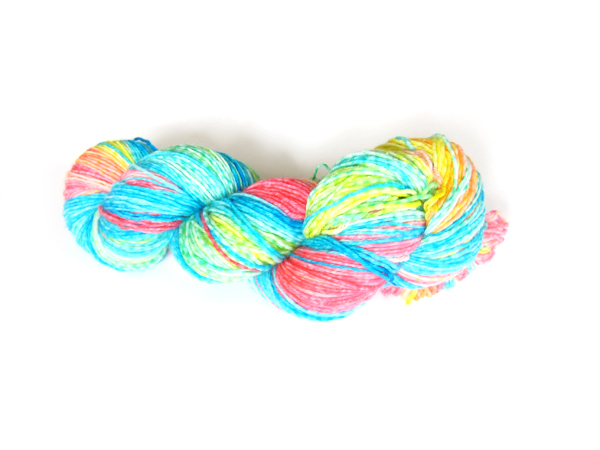
The gradient-ness doesn’t show up too well in a hank. But no worries, I’ll show you what I’m knitting. Here’s a little shawl I’m working on:
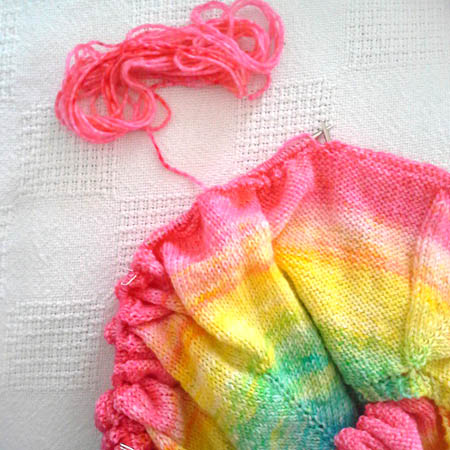
Isn’t the gradient fantastic? I can’t wait to wear this one!






